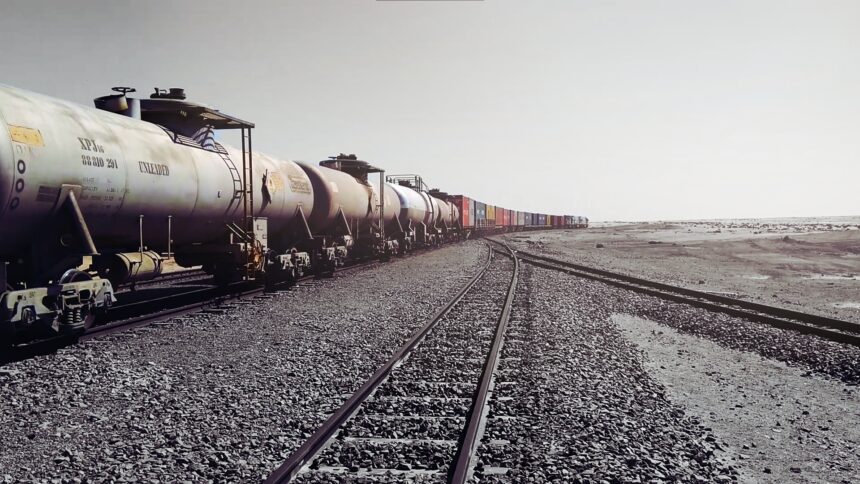The demand for enhanced rail infrastructure in Namibia is surging, driven by the ambitious HyIron Oshivela project, which aims to revolutionise iron production through green technology.
James Mnyupe, the Green Hydrogen commissioner, emphasised the urgency of upgrading rail links to accommodate the project’s projected needs.
“HyIron are looking to import iron ore potentially from South Africa, which will have policy ramifications, because it means there should be considerations to upgrade rail links,” he stated.
He said the company has already requested quotes for transporting 15 000 tonnes of iron ore, with aspirations to scale up to two million tonnes of direct reduced iron (DRI) annually. However, national rail service operator TransNamib faces significant challenges.
Mnyupe pointed out that before embarking on the new rail construction, they must establish a commercial viability that justifies such an investment.
“It makes sense that TransNamib invests in a new rail when they see commercial feasibility for the projects,” he noted.
The need for modernisation is pressing.
Last year, TransNamib estimated that N$30 billion would be required to upgrade its ageing infrastructure.
This amount represents nearly half of Namibia’s national budget.
The HyIron project is not just about enhancing transport logistics.
It also positions Namibia as a leader in sustainable industrial practices. The initiative aims to produce iron at zero emissions, aligning with global trends towards greener manufacturing processes.
Global iron demand is expected to rise from 1.9 billion tonnes per year to 2.2 billion tonnes by 2030.
This demand necessitates increased production capacities.
This project could significantly contribute to meeting that demand, while reducing carbon emissions.
The Oshivela project has garnered international interest, particularly from major automotive manufacturers like Toyota Motor Corporation, which is exploring equity stakes in HyIron.
“Toyota is coming to Namibia in December. They want to potentially buy equity in this company because they need this DRI to put in the steel mill and get green steel,” Mnyupe noted.
This partnership underscores the project’s potential impact on global supply chains and environmental goals. Moreover, the broader implications of the green hydrogen sector extend beyond industrial applications.
They also address socio-economic challenges within Namibia.
Obeth Kandjoze, director general of the National Planning Commission, remarked that the findings from a recent study on Green Hydrogen could inform policies aimed at alleviating unemployment and poverty.
“The study provides the roadmap for understanding the tangible benefits of Green Hydrogen for the community,” he stated.
The study revealed that the Namibia Green Industrialisation Agenda could create approximately 120 000 jobs during its investment phase, and sustain around 30 000 jobs annually thereafter.
It is projected to add N$129 billion to the gross domestic product during investment, and N$177 billion per year during operations.
Additionally, household incomes could rise by N$99.4 billion during investment, and N$87.9 billion yearly thereafter.


